With 48th Ward Ald. Mary Ann Smith about to retire, and an owner who is hesitant to talk about the theater’s financial issues, the future of the Uptown Theater, a giant at 4,300 seats, looks shaky.
Located at 4816 N. Broadway St., the Uptown was built in 1925 by architects Rapp and Rapp, who also designed the Chicago Theater and Cadillac Palace Theater. The Uptown was designated a Chicago landmark in 1991.
Jerry Mickelson, of Jam Productions Ltd., bought the theater in 2008 for $3.2 million. Mickelson owns several well-known Chicago music venues, including the Rivera, The Vic, and the Park West.
Before Mickelson, the theater had been in and out of foreclosure since 1994. Prior to that, through the late ’80s and mid-’90s, the Uptown was owned by Lou Wolf, a slumlord and convicted arsonist who was dubbed “Chicago’s worst landlord” in 1989 by Chicago Magazine.
Mickelson was contacted multiple times with questions regarding the Uptown’s funding issues, but would only comment via e-mail.
“I have been trying to fit all the pieces of the funding puzzle together to renovate the Uptown Theater and am making some progress, but it is a very long road that requires an incredible amount of due diligence,” Mickelson said.
Ald. Mary Ann Smith (48th Ward) has been alderman of the 48th Ward since 1989, just eight years after the Uptown closed its doors.
Doug Fraser, Smith’s chief of staff, said the theater’s renovation has long been a ward priority, but that the theater’s size is not ideal for most investor’s business models.
“It’s a tough nut to crack. It’s a big theater, it’s historical,” Fraser said. “The perception is that this should be an entertainment district and the Uptown should be the anchor.”
Fraser said he foresees the theater being a huge benefit to the neighborhood, but the right combination of private funds and city money just hasn’t happened.
“No one will ever build anything like that again, so you can’t let it go. You just have to keep banging away at it until it eventually happens and that’s our approach,” he said.
John Holden, the former president of the Uptown Historical Society, said the alderman has dragged her feet when it comes to restoring the Uptown.
“Mary Ann, shame on her, it’s been in her ward, she’s been alderman 20 years. I know she’s always talked about wanting to get something going with the theater and nothing’s ever happened on her watch,” Holden said.
Holden said vast sections of the complex need repainting and extensive plasterwork needs to be redone both in the lobby and the auditorium. He also said the Uptown’s lobby used to be used for events and suggested that a restoration of the lobby would be a temporary way to get some use out of the theater.
“I’ve long contended to anyone that would listen that, you know, you could probably do something with the lobby and turn it into a fantastic banquet facility or something like that and maybe moth-ball the auditorium for some time,” Holden said.
Larry Wilker, president of TheatreDreams, has helped restore multiple large theaters, including the Playhouse Square Theater, the “world’s largest theater restoration project,” in Cleveland, Ohio.
Restoration on the Uptown is estimated at $40 million. Wilker said that is a gross underestimation.
“Oh, they’re way off,” he said. “You might do a partial renovation for 40 [million] but if you’re talking about restoring it to the way it looked the day it opened, with all the modern technology, I think you’re closer to $100 million,” he said.
In his experience with theater renovation, Wilker said typically a organization with connections to the theater takes responsibility for raising a combination of state, city and private funds to get the theater restored.
Wilker said the process usually happens this way because theater restoration is a tough investment sell.
“These things are not done as a for-profit venture because they’re not economic. You can’t make back $100 million, no matter what you’re doing there,” Wilker said.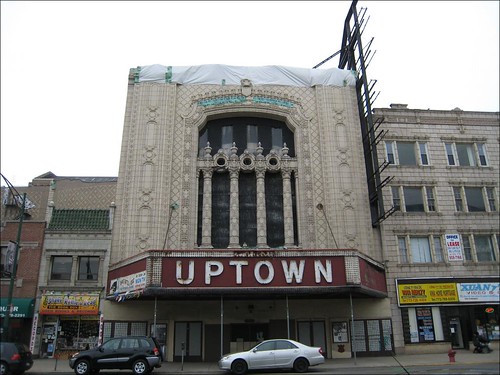
Andy Pierce, a founding member of Friends of the Uptown, a volunteer advocacy organization, said he thinks corporate sponsorship, combined with privately raised funding, is the key to restoring the Uptown.
“You’ve got an owner who may have one or more corporate sponsors and or backers, and if it wants to, it can be the Nokia Uptown Theater or the Schwinn Bicycle Uptown Theater,” Pierce said.
But Wilker said corporations don’t typically sponsor theaters.
“The kind of dollars that are given to stadiums for sponsorship never happen to theaters because the stadiums have television coverage and the theaters don’t,” he said. While ample funding for the theater has yet to be secured, public interest is still high.
Andy Pierce noted that the Uptown Theater’s Facebook page currently has 7,612 members.
“Try and find another non-operating public theater that has over 7,000 friends on Facebook,” Piece said.
By comparison, The Chicago Theater, an operational theater, has 7,970 members on Facebook.
And John Holden said he still anticipates the day when he’ll be back enjoying a show at the Uptown.
“The environment for doing something at the Uptown is as good as it’s ever going to get,” he said. “Those of us who love the neighborhood and love old theaters are really holding out all hope that someday something comes together, but it’s been a long waiting game.”








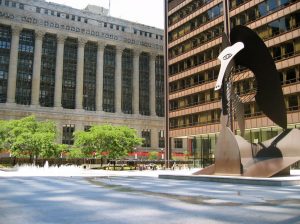

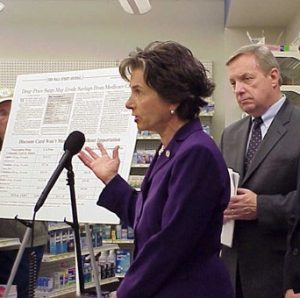
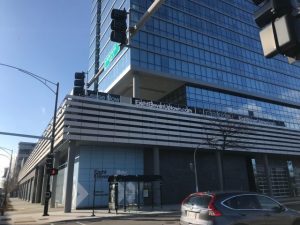
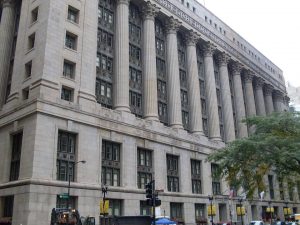
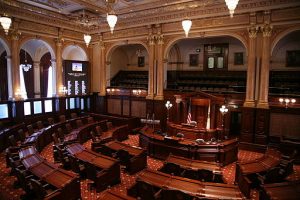

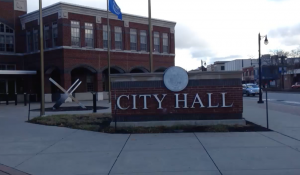
Be First to Comment